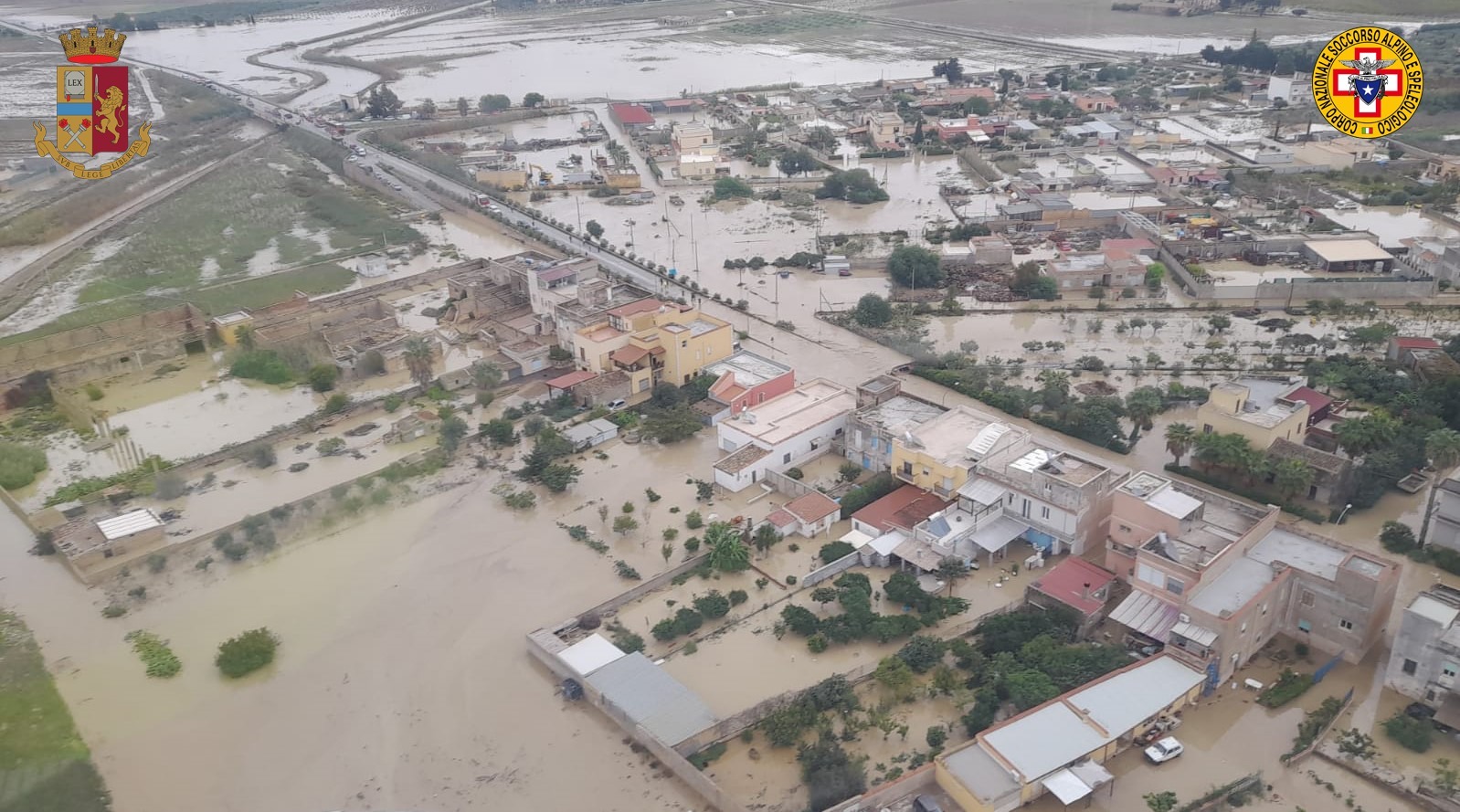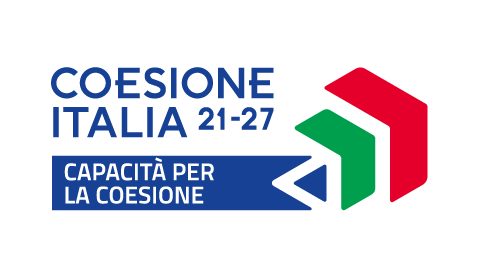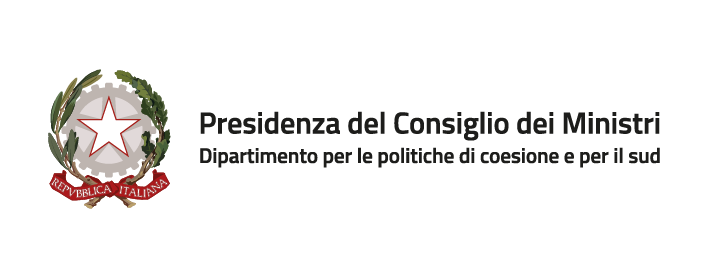
Our team, Swimming in the Rain, was responsible for keeping track of hydraulic regulation at Salinagrande (Trapani). It consists of a set of technical interventions, implemented with the aim of minimizing the risk of flooding. The latest project involved the construction of lifting pumps of the Verderame stream in order to partially mitigate the damage caused by the excessive rainfall, which had led the stream to overflow. The project was given [4000000 euros in cohesion funds], but only 2,934,723.75 were used. Work began on 05/31/2013 and ended on 11/02/2015. However, these interventions, carried out on the Verderame stream, were not effective enough, as on 13/10/2022, the city was submerged by rainwater. This disastrous event caused plenty of damage to both people and homes in Salinagrande area.
Therefore, we focused our attention on the average rainfall from 1976 to 2022. Why specifically 1976? That year, a disastrous flood hit, causing numerous deaths. We analyzed rainfall trends from 1976 to 2022, in order to understand how they evolved, and what changes occurred before and after the regulation work. Upon careful examination of the first static graph, we noticed that the average rainfall was higher in 2015 than in 2022. Consequently, we asked ourselves why, if the rainfall was greater in 2015 - when the hydraulic regulation work had just been completed - was the city flooded in 2022, when the average rainfall was so much lower? Does the completed project work perfectly? This leads us to believe that the problem was not poor design, but improper maintenance - which, as a result, did not allow the effective flow of water. We can, therefore, say that one of the main causes of the flooding in 2022 was the negligent maintenance of the water drainage system. The overall maintenance was assigned to several entities: Palermo Basin Authority, and the Building Authority of Trapani.
How, then, can we prove that proper maintenance of the system was not carried out?
We thought it could be useful to analyze a similar project with excellent results, in order to compare it to ours and understand what problems had caused the system to malfunction. Our attention fell on a hydraulic regulation project on the Nervia stream, in Imperia (Liguria).
Doing some research - and thanks to the [Cohesion Open Data Platform] - we noticed that the funds used in the project’s construction were 4,684,802 euros - much higher than the amount allocated (3,535,151 euros). Naturally, as a result, we asked ourselves: why did they use, for our project, fewer funds than the available ones? Why wasn’t much more money spent to improve the efficiency of the construction?
Considering the amount of money spent for the maintenance of the Nervia torrent regulation project, we asked ourselves: Why is it that, although the cost of maintenance of our project is higher than that of the Nervia project - 450,000 euros, compared to the Nervia project’s 252,000 - the latter is still more functional than ours? As a result, we have to ask: How was this money spent? Was it used correctly?















